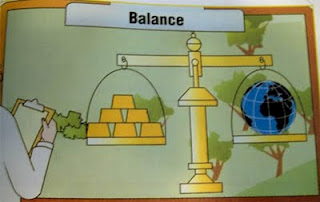The positive Greek Election results did
give a boost to the equities market but there were mixed reactions from
precious metals. Mainly because the entire market is waiting for the outcome
from the Fed’s FOMC meeting.
The results of the Greek elections, in which the pro bailout party had
won, didn’t seem to impress forex and commodities traders. All eyes in Europe
continue to stare at Spain & Italy. In yesterday’s G20 meeting the leaders
talked about the EU debt crisis and Spain’s soaring borrowing costs.
The G-20 meeting, held
at Mexico continued for two days- 19th and 20th June. At
the conclusion of the summit, leaders announced a U$430b firewall to give some
stability to an increasingly unsettled global market. Safe-haven bids boosted gold as G20 leaders pressed Europe to do
whatever it takes to combat Europe's crisis after a victory for pro-bailout
parties in a Greek vote reduced the chances of a euro breakup but failed to
calm financial market
The Federal Open Market Committee (FOMC), a
committee within the Federal Reserve System, started its two-day policy meeting
- there were growing expectations that it will look to ease policy further to
stimulate economic growth in the country. Many expected the Fed to extend its long-term
bond buying program through Operation Twist beyond its current June deadline –
the result being a weaker USD. ‘Operation Twist' programme implies
funding the purchase of long-term debt by selling short-term notes - which is
set to expire at the end of this month.
Fortunately
these anticipations proved true. In a bid to reduce unemployment and protect
the expansion, Fed has decided to extend Operation Twist till the year end with
a sum of U$267, but no announcements regarding QE3 plan have been made.
Immediately
after the meeting, Gold saw a range of Rs. 30,075 to Rs. 30,155. Gold is now expected
to move within 1580$- 1640$ and any movement beyond this range will bring about
great volatility. Though gold reduced in dollar terms, rates in Indian market
remained more or less the same because rupee appreciated against the dollar to
a tune above 56.20. Ratings agency Fitch, meanwhile, lowered its
outlook on India to negative from stable.
Moreover, demand remains soft in India due to the
lack of auspicious buying periods over the next few months. For June, the
Bombay Bullion Associations expects gold imports to fall to 20-25 tonnes from
55-60 tonne in the same month of last year due to high gold prices in the
rupee.
The
government has not intervened much to contain the rupee appreciation. Hence
gold is expected to lie at these levels.

